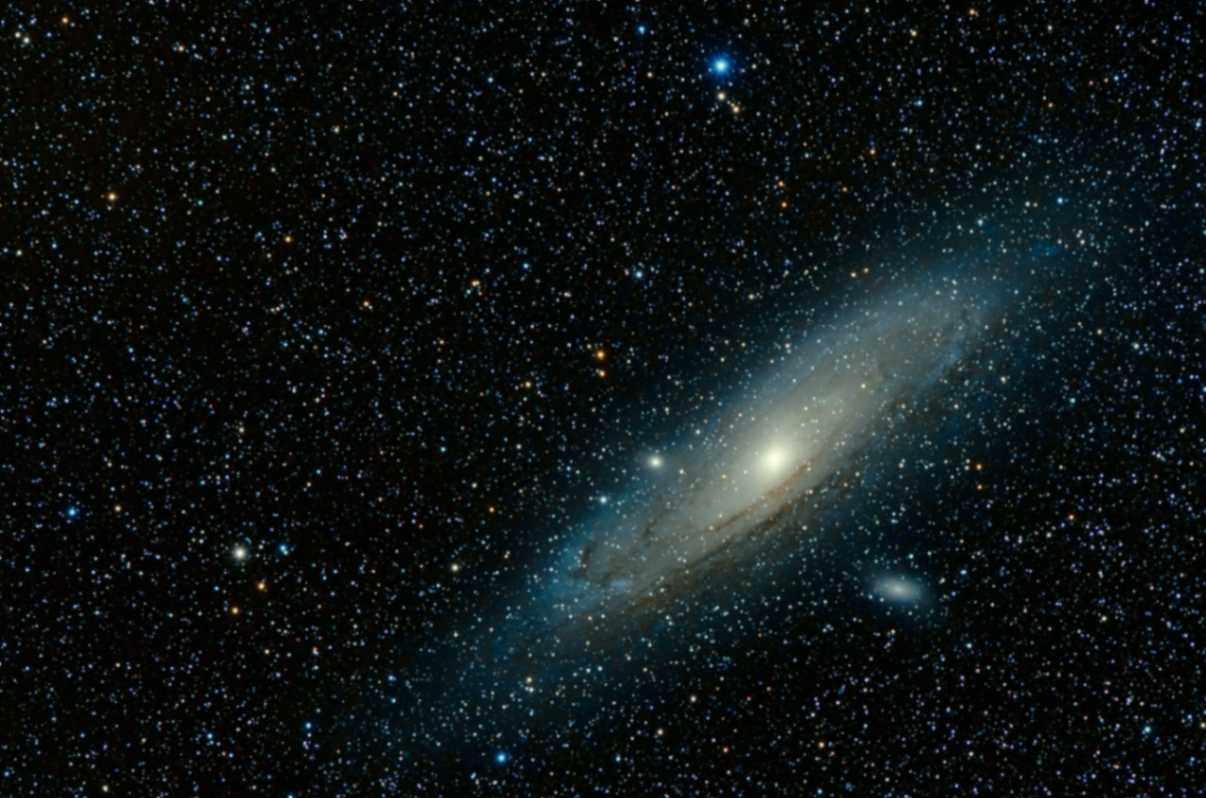NASA’s James Webb Space Telescope has captured a remarkable image of a dense cluster of celestial bodies, with a standout spiral galaxy visible in remarkable clarity.
This latest release showcases the telescope’s ability to observe distant galaxies and stars with incredible detail.
Image credit: ESA/Webb, NASA & CSA, A. Martel
The James Webb Space Telescope (JWST or Webb) has revealed a magnificent view of LEDA 2046648, a galaxy located in the constellation of Hercules, over 1 billion light-years from Earth and the telescope.
In the image, the galaxy’s individual spiral arms are distinguishable, showcasing the telescope’s remarkable resolving power.
This image, taken by the Near-InfraRed Camera (NIRCam), also features numerous other galaxies and stars, marked by the characteristic six-pointed diffraction spikes that are specific to JWST observations.
During this observation, JWST was calibrating its Near-Infrared Imager and Slitless Spectrograph (NIRISS) while studying the well-known white dwarf WD1657+343.
The latest image from NASA, released on Tuesday (Jan. 31), is believed to have been taken prior to the glitch experienced by the Near-Infrared Imager and Slitless Spectrograph (NIRISS) on Jan. 15, rendering the instrument temporarily inoperative.
However, NASA officials have reported that NIRISS has resumed normal operations as of Monday (Jan. 30).

